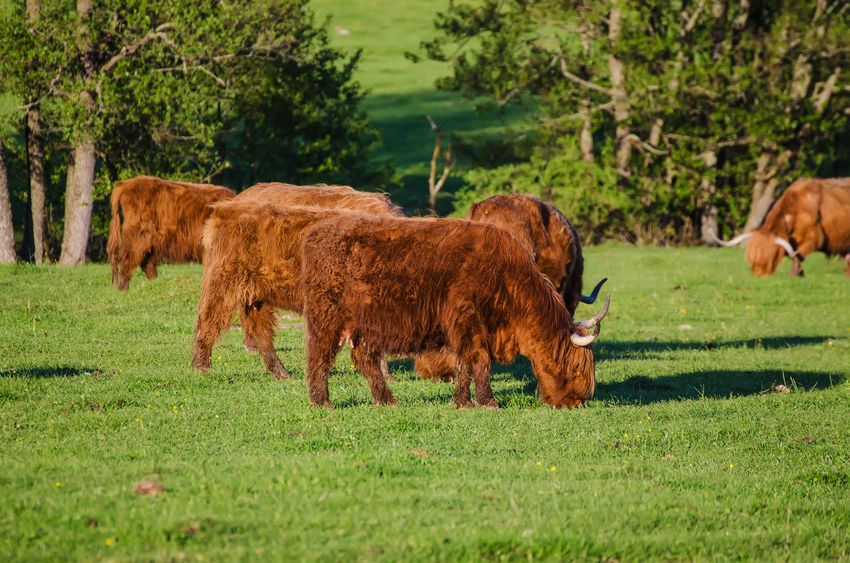
Researchers in the UK are looking into more effective ways to monitor greenhouse gas emissions in grazing cattle.
Scientists have done extensive studies into the emissions produced by cattle housed indoors.
But restrictions in technology means there is relatively little data on the amount of methane produced by animals being reared outside.
After receiving £250,000 of funding from Defra, Scotland's Rural College (SRUC) and the University of Strathclyde have teamed up to develop existing precision livestock farming technology to mitigate and monitor methane production.
This includes animal-mounted activity sensors and systems for monitoring location, feeding behaviour and weight, to use with cattle outdoors.
Around 90 percent of Scotland’s cattle are outdoors for significant parts of the year.
It is hoped the GrASTech project will ultimately identify the best options for managing grassland and grazing animals to reduce methane emissions.
Methane emitted from livestock is responsible for around 5 percent of UK total greenhouse gas emissions and the UK government is targeting net-zero emissions by 2050.
The project will face a number of key technical challenges, including the miniaturising of equipment, battery technology to permit long lifetime measurement periods, data transmission and capture for remote grazing environments.
Defra's farming minister George Eustice said: “Researchers in the UK are at the forefront of innovative solutions to tackle climate change and help us meet our world-leading target of net zero emissions by 2050.
“We are proud to be sponsoring this work by Scotland’s Rural College, which will bring forward new technologies to support farmers across all four corners of the UK rise to the challenge.”
Professor Richard Dewhurst from SRUC added: “One of the key approaches for reducing methane emissions is to increase the health, fertility and longevity of animals.
“By adapting technologies used to monitor and manage these things for housed cattle, we expect to deliver similar benefits for grazing cattle.”
The project is due to run until September 2021.
